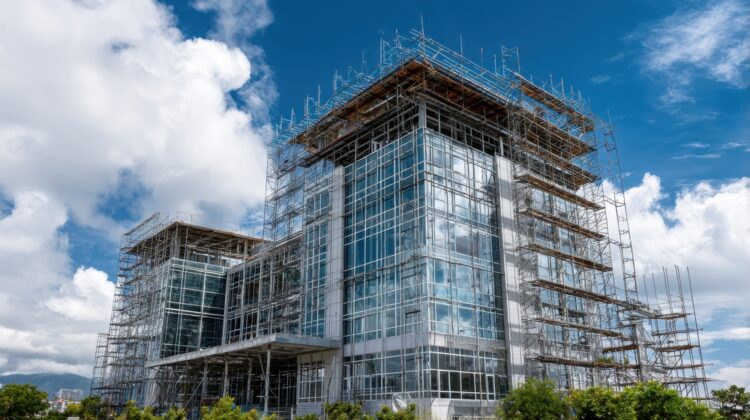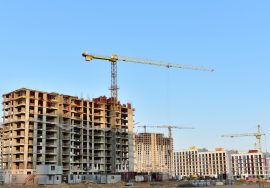
Life Cycle Assessment in Buildings for Sustainability
Life Cycle Assessment in Buildings: A Complete Guide to Sustainable Construction
As the demand for eco-friendly structures increases, life cycle assessment in buildings has become an essential tool for architects, engineers, and developers. It helps evaluate environmental impacts at every stage—from raw material extraction to demolition. With sustainability becoming a global priority, understanding and applying life cycle assessment in buildings ensures smarter choices and greener construction outcomes.
What Is Life Cycle Assessment in Buildings?
Life cycle assessment in buildings (LCA) is a scientific method used to measure the environmental effects of a structure throughout its entire lifespan. This includes:
-
Material extraction
-
Manufacturing
-
Transportation
-
Construction
-
Building operations
-
Renovation
-
Demolition and waste processing
By analysing these stages, life cycle assessment in buildings helps identify where energy, materials, and carbon emissions can be reduced.
Why Life Cycle Assessment Matters Today
Reducing Environmental Impact
Modern buildings consume large amounts of energy and natural resources. With an LCA, designers can evaluate alternatives and choose low-impact materials and systems. This leads to healthier environments and long-term sustainability.
Enhancing Energy Efficiency
During the operational phase, buildings often generate the highest emissions. Life cycle assessment in buildings highlights opportunities for renewable energy, insulation upgrades, and smarter HVAC systems.
Supporting Green Certifications
Globally recognised certifications like IGBC, GRIHA, and LEED rely on LCA data. Using life cycle in buildings improves a project’s sustainability score and demonstrates environmental responsibility.
Stages of Life Cycle in Buildings
1. Goal and Scope Definition
This stage defines what the LCA aims to analyse—materials, energy use, waste, or carbon footprint.
2. Inventory Analysis (LCI)
All inputs (materials, water, energy) and outputs (waste, emissions) are studied. Accurate data ensures trustworthy results.
3. Impact Assessment (LCIA)
Here, environmental impacts such as global warming potential, air pollution, water usage, and resource depletion are quantified.
4. Interpretation
The findings guide decision-making. For example, choosing recycled materials or improving insulation reduces environmental load.

Benefits of Life Cycle in Buildings
Supports Sustainable Material Choices
Life cycle data helps compare material impacts. Developers can select low-carbon, renewable, or recycled options.
Reduces Operational Costs
By analysing energy use, LCA promotes efficient lighting, HVAC, and insulation, lowering long-term operating costs.
Promotes Circular Economy
Life cycle in buildings aligns with circular construction, encouraging the reuse and recycling of materials.
Tools Used for Life Cycle
Some widely used LCA tools include:
-
OneClick LCA
-
SimaPro
-
GaBi
-
Athena Impact Estimator
These tools help professionals calculate emissions, material impacts, and energy performance across the building’s lifecycle.
Life Cycle Adoption in India
India is increasingly integrating LCA into sustainable construction practices. Organisations like the Indian Green Building Council (IGBC) encourage the use of LCA in certification processes.
Government initiatives also promote energy-efficient buildings, smart materials, and carbon reduction strategies.
How Businesses Can Implement Life Cycle
To successfully apply life cycle in buildings, companies should:
-
Conduct material audits
-
Use eco-friendly and durable materials
-
Incorporate renewable energy systems
-
Integrate BIM for accurate data tracking
-
Choose certified LCA tools
-
Train teams in sustainable construction practices
For professional assistance in sustainability planning, you can contact experts here:
Conclusion
Life cycle assessment in buildings is an essential tool for creating environmentally responsible, cost-efficient, and future-ready structures. By understanding impacts across a building’s lifespan, architects and developers can make smarter choices that support sustainability goals. As India moves toward greener development, LCA plays a vital role in shaping the buildings of tomorrow—cleaner, smarter, and more resource-efficient.








